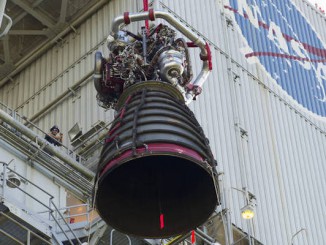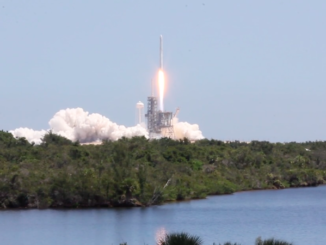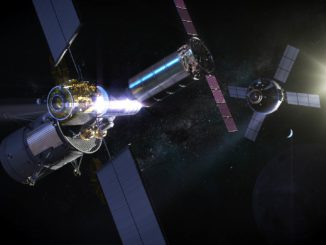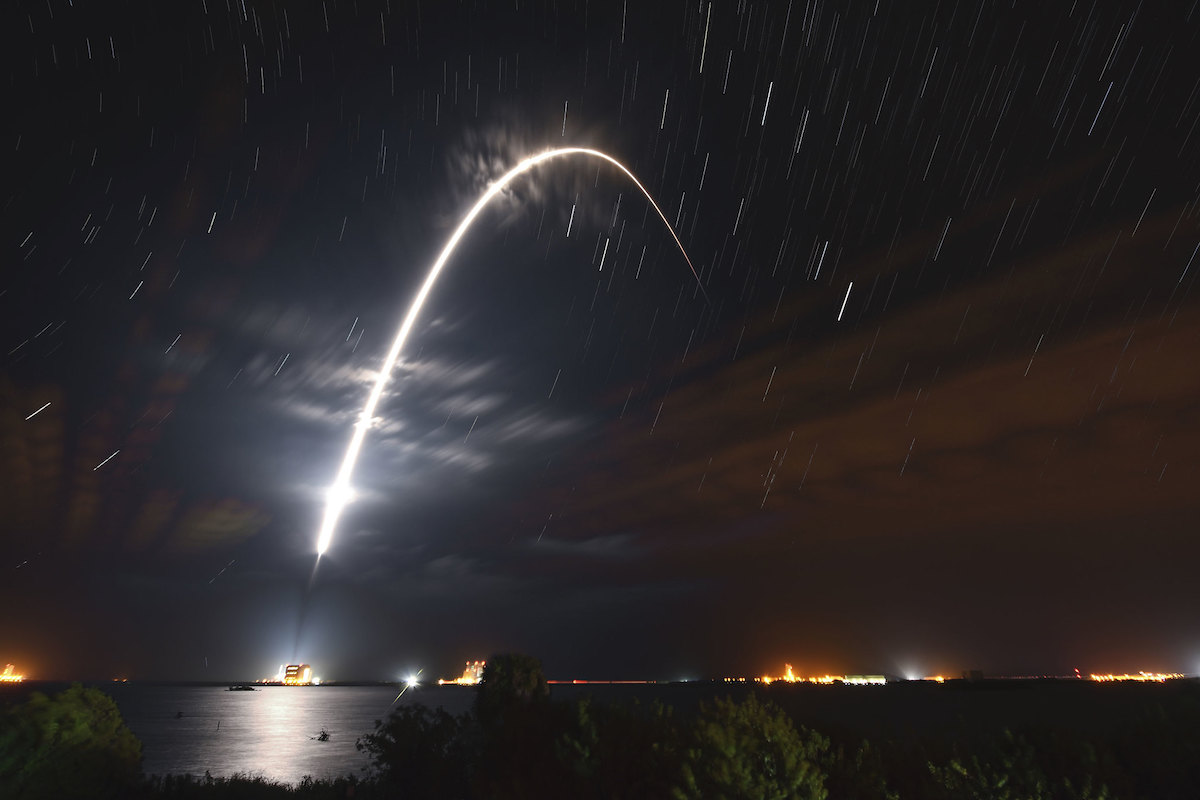
Military officials in charge of the Eastern Range at Cape Canaveral project more than 50 launches from Florida’s Space Coast this year, with SpaceX responsible for most of the launch activity, the vice commander of the 45th Space Wing said this week.
The Florida spaceport hosted 31 launches in 2020, including 30 space missions and a high-altitude atmospheric test flight of SpaceX’s Crew Dragon abort system.
“We closed the year with the highest number of launches conducted in the past 10 years, and look to break that record again in 2021,” said Col. Brande Walton, vice commander of the 45th Space Wing, which oversees launch operations at Cape Canaveral Space Force Station and the neighboring Kennedy Space Center.
In fact, the 30 successful launches from Florida last year that sent payloads into orbit, and destinations beyond, set a record. Before 2020, the previous record for launches from the Space Coast that reached orbit was 29, a mark set in 1966.
But there were numerous suborbital launches, missile tests, and sounding rocket flights from Cape Canaveral not counted in the orbital mission tally in the early years of the Space Age. In 1963, there were 133 known suborbital and orbital launches from the Space Coast, according to Jonathan McDowell, an astronomer at the Harvard-Smithsonian Center for Astrophysics who tracks global satellite and launch activity.
“Looking forward, we plan to hit the ground running in 2021,” Walton said during virtual presentation to the National Space Club Florida Committee. “We currently have 53 launches on our manifest for this year, with one in the books already.”
The first launch of 2021 from Cape Canaveral was the successful liftoff of a SpaceX Falcon 9 rocket Jan. 7 with the Turksat 5A communications satellite for Turkey.
“It’s shaping to be another remarkable year for launches on the Space Coast, with three human spaceflight missions, two of them on SpaceX’s Crew Dragon, and one on Boeing’s new Starliner spacecraft,” Walton said.
The historic first flight of SpaceX’s Crew Dragon spacecraft with astronauts was a highlight of last year’s busy pace of launch activity. NASA astronauts Doug Hurley and Bob Behnken launched May 30 on the Crew Dragon demonstration flight aboard a Falcon 9 rocket from pad 39A at the Kennedy Space Center.
Hurley and Behnken completed their two-month test flight to the International Space Station in early August, setting the stage for the first operational Crew Dragon mission, which took off Nov. 15 with four astronauts on-board.
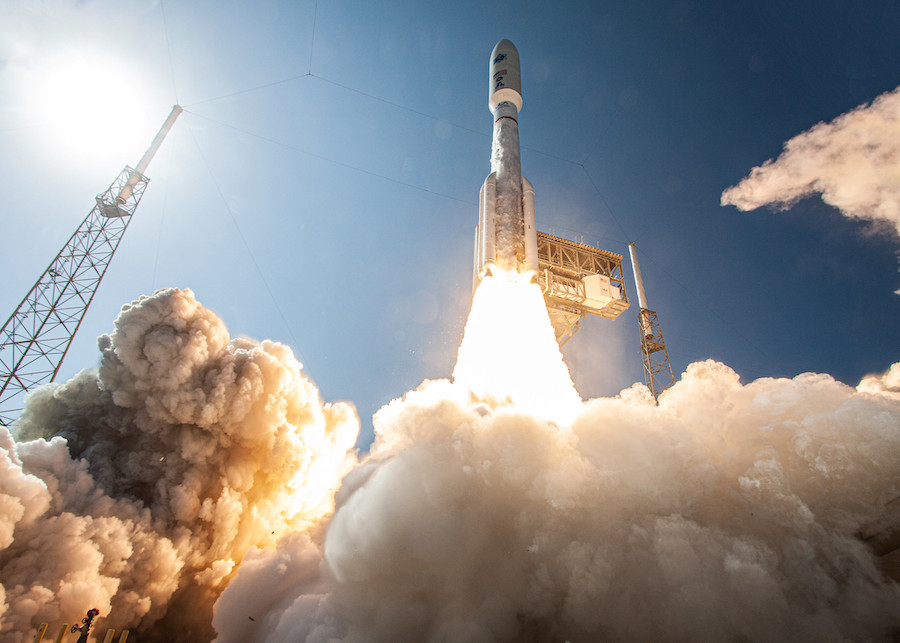
Other landmark missions launched from Florida in 2020 included Solar Orbiter, a European-built spacecraft that will take the first pictures of the Sun’s poles, NASA’s Perseverance Mars rover, and the first launch into a polar orbit from Cape Canaveral since the 1960s, Walton said.
Launch operators and range officials accomplished most of the missions last year after the coronavirus pandemic forced many employees to remote work, and launch crews practiced physical distancing and wore masks to combat the spread of the disease.
Officials from the 45th Space Wing projected 48 launches in 2020 at the beginning of last year, an uptick in missions primarily driven by SpaceX’s Starlink internet network.
Launch delays, a fact of life in the space business, meant SpaceX and ULA fell short of their projected launch numbers last year. That could happen again in 2021.
Military officials have streamlined processes to more rapidly turn around the Eastern Range between launches.
In recent decades, the range could only accommodate launches separated by 48 hours. With the introduction of automated flight safety systems, which would destroy an errant rocket if it flew off course, and upgraded GPS-based tracking capabilities, there’s a reduced demand on ground infrastructure and range safety officers for each launch.
That has allowed the 45th Space Wing to reduce staffing levels to support missions equipped with an automated flight safety system. SpaceX’s Falcon rockets are currently flying with the automated safety system, and United Launch Alliance plans to use a similar system on its next-generation Vulcan Centaur rocket.
With the new technology, Space Force officials have said the Eastern Range can now support missions from different launch pads less than 24 hours apart.
Elon Musk, SpaceX’s founder and CEO, has said the company plans up to 48 Falcon 9 and Falcon Heavy missions in 2021. Up to a half-dozen of those launches are expected to take off from Vandenberg Air Force Base, California, at SpaceX’s West Coast launch pad.
Eight of ULA’s up to 10 planned missions this year will launch from Cape Canaveral. A Delta 4-Heavy and an Atlas 5 mission are scheduled to launch from Vandenberg this year, with seven more Atlas 5s on the Florida launch schedule.
ULA says the new Vulcan rocket, designed to eventually replace the Delta 4 and Atlas 5 rocket families, could be ready to take off from Cape Canaveral on its first test flight in late 2021.
The projection of 53 launches includes the debut flights of the Vulcan rocket and NASA’s Space Launch System heavy-lifter, a huge launcher designed to send crews back to the Moon, Walton said. The first SLS demonstration flight, also scheduled for late 2021, will not carry any astronauts.
“The team is also prepped and very excited to take part in a few inaugural launches from ULA and NASA,” Walton said. “As you can see with 53 launches on the launch manifest, we plan to make this year another record-breaking year with no plans to slow down anywhere in the near future.”
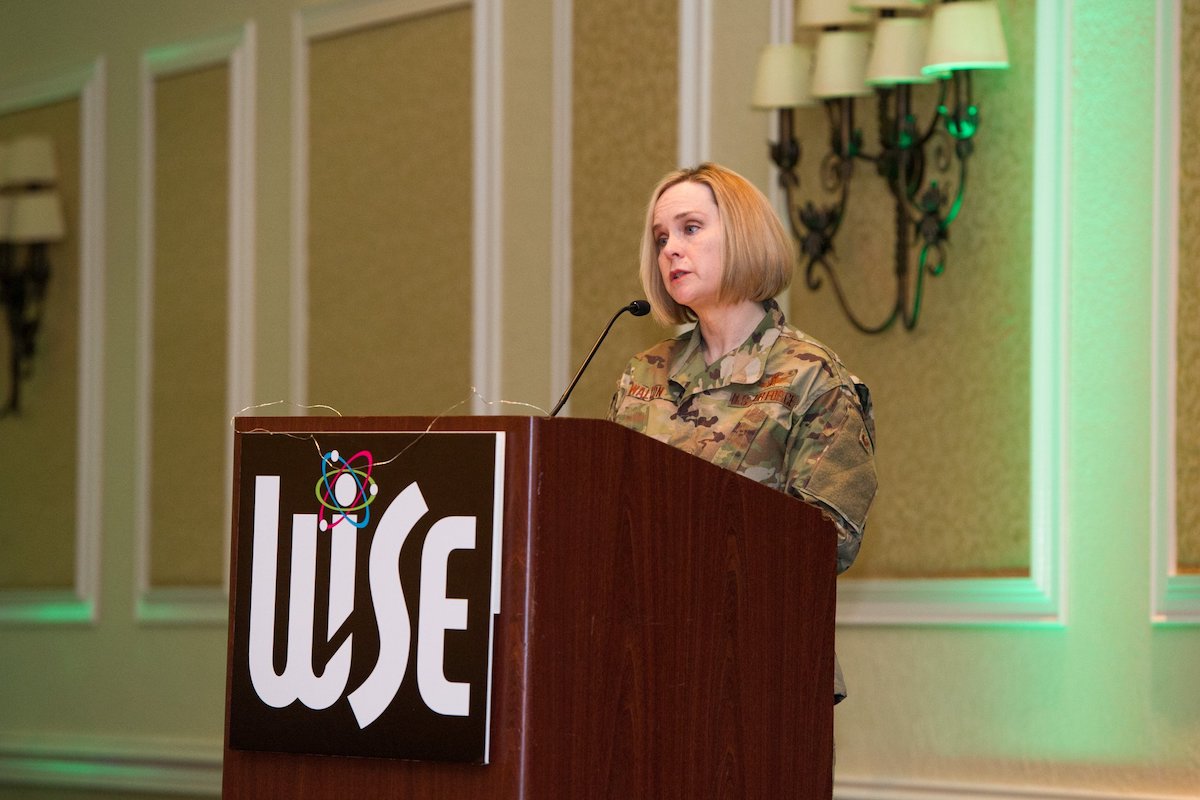
Assuming the 53-launch forecast counts ULA’s eight planned missions from Cape Canaveral and the first SLS test launch, the 45th Space Wing presumably expects SpaceX to perform the remaining 44 flights from Florida’s Space Coast.
Given Musk’s goal of 48 launches in 2021, with a handful of of those missions originating from Vandenberg, SpaceX could be planning around that number of launches from Florida.
There are around 18 publicly-known SpaceX launches scheduled from the Space Coast this year for external customers, including two or three launches using SpaceX’s triple-body Falcon Heavy rocket, according to a count by Spaceflight Now.
At least two Falcon Heavy launches are firmly scheduled this year, each carrying payloads for the Space Force. Other SpaceX flights will loft crews and cargo to the space station, commercial communications satellites, and a GPS navigation spacecraft.
Aside from the Vulcan’s first flight, ULA’s Florida launch schedule includes two Atlas 5 launches with unpiloted and crewed test flights of Boeing’s Starliner capsule, an Atlas 5 flight with NASA’s Lucy asteroid exploration probe, and several Atlas 5s for the Space Force.
SpaceX officials have said missions for external customers take priority over the company’s internal Starlink missions. When there’s room in the Falcon 9 manifest, SpaceX says it builds enough Starlink satellites to launch batches of 60 as often as once every two weeks, or up to 26 missions in a year.
Fourteen launches from the Space Coast last year carried Starlink satellites into orbit, nearly half of all the launches from Florida in 2020.
Email the author.
Follow Stephen Clark on Twitter: @StephenClark1.

